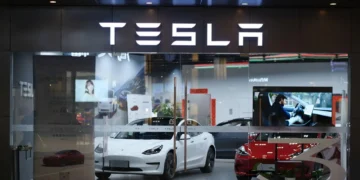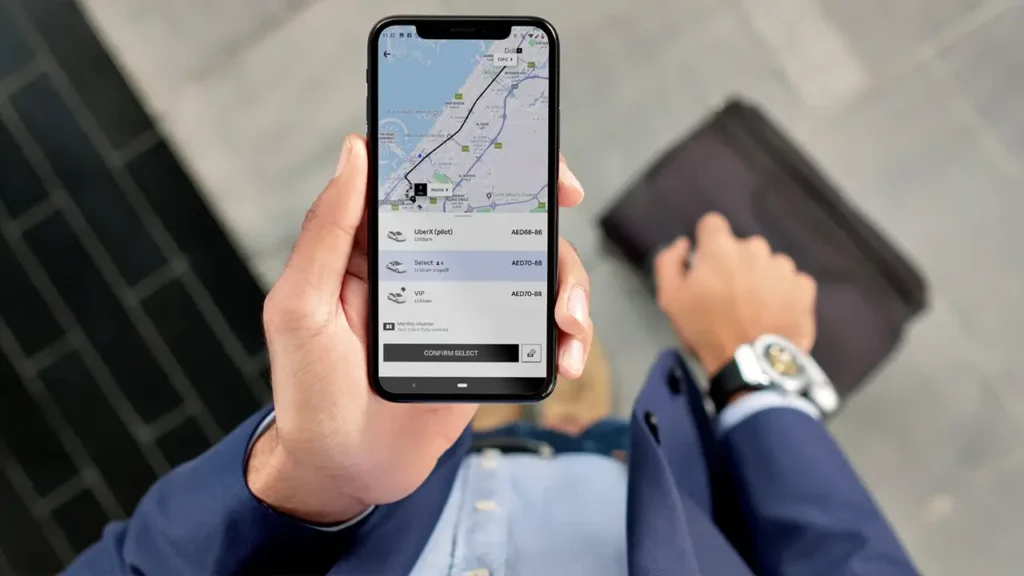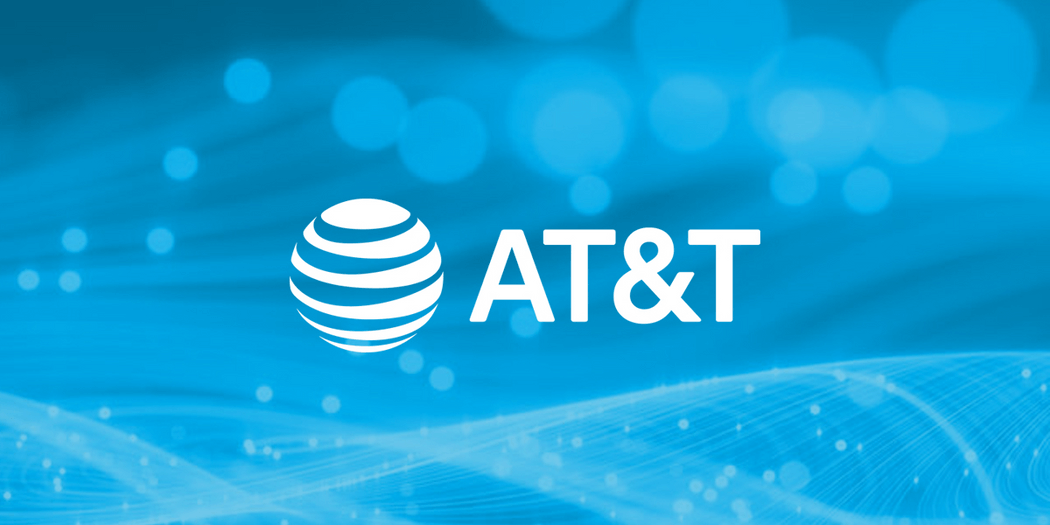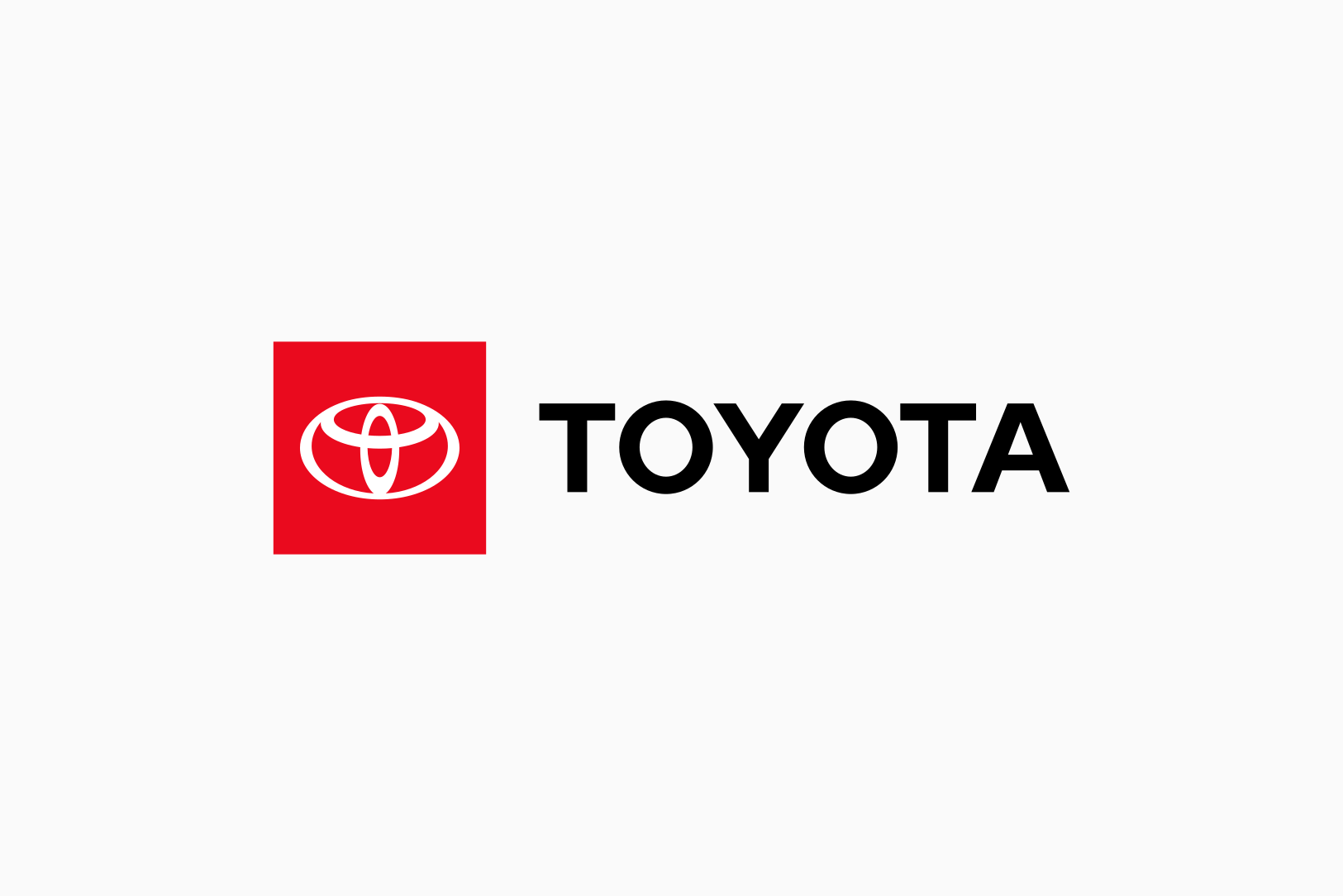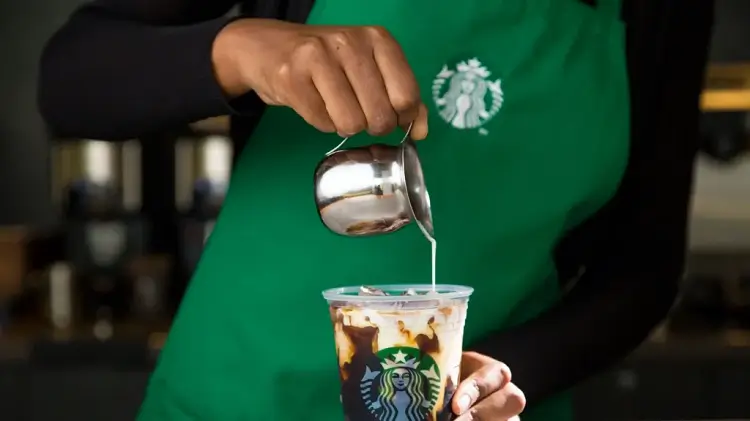Uber was born from the question, “What if you could request a ride from your phone?” This idea came to Travis Kalanick and Garrett Camp when they couldn’t find a cab in Paris in 2008. Uber’s mission has always been to perfect the imperfect and meet customers’ needs.
By re-imagining the taxicab experience, Uber made it more convenient, predictable, affordable, and enjoyable. Their global ride-sharing app revolutionized modern transportation, eventually making Uber the most valuable startup company in the world.
To strengthen customer relationships, Uber has implemented various CRM strategies and prioritizes customer needs. By partnering with other businesses, Uber has executed complex ideas to enhance customer satisfaction, which has been a key factor in their popularity.
In this CRM case study article, we’ll discuss how Uber’s CRM strategies contributed to the company’s growth.
History of Uber, Timeline & Facts
2008: On a cold winter evening in Paris, Travis Kalanick and Garrett Camp couldn’t get a ride. That’s when the idea of Uber was born.
2009: Its global ride-sharing app was launched.
2010: The company received its first significant funding, a $1.3 million round led by First Round Capital.
2012: The company broadened its offerings by launching UberX, which provided a less expensive hybrid car as an alternative to the black car service.
2013: The perfect partnership with animal shelters across the US, we launched UberKITTENS. Riders requested 15 minutes of snuggle time with a furry friend, and all proceeds benefited local shelters.
2014: Spreading goodwill with #UberSpringCleaning, riders requested on-demand donation pickups and gave more than 5,000 pounds of clothes to Goodwill.
2015: Expanding opportunities for deaf and hard-of-hearing driver
2016: Uber then raised a further $3.5 billion from Saudi Arabia’s sovereign wealth fund. Also, the self-driving pilot program was launched in Pittsburgh. Now local riders could get a self-driving vehicle when they request their next trip.
2017: $1 million for Meals on Wheels to help deliver even more meals to seniors, we provided free rides to the volunteers who bring food and friendship, and we also donated directly to the Meals on Wheels America organization.
2018: 10 billion trips and counting in more than 21 countries across five continents, 173 trips and deliveries started simultaneously. And the journey to our subsequent 10 billion visits began.
2022: Uber launched UberX share, which allows multiple customers to share a ride, saving them up to 20% on the standard fare.
2023: Khosrowshahi remains the CEO of Uber.
Before you proceed, you can get instant, no-obligation CRM quotes. Just answer a few quick questions and we’ll match you with top providers tailored to your business.
4 CRM Strategies Fueling Uber's Growth
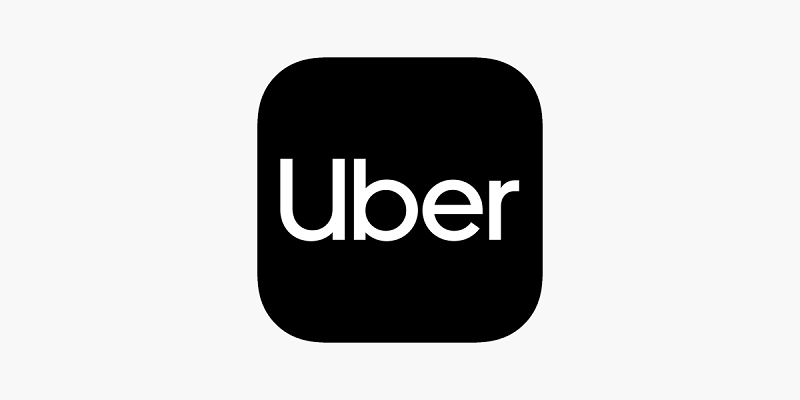
1. Partnerships
Uber has implemented several partnerships to entice both first-time and loyal customers to take a ride. They partnered with Starwood, Capital One, etc.
a) Uber and Starwood
Starwood is one of the world’s largest hotel companies. Uber is partnering with Starwood to broaden its app use and reach globally. Through the partnership, Starwood’s guest loyalty program members can link their accounts with Uber accounts and earn Starwood credits whenever they take an Uber ride.
Uber passengers earn one Starwood rewards point for each dollar they spend on a ride in a car. Free hotel nights start at 3,000 points for the lowest tier of hotels and can be as high as 35,000 points a night for high-end properties.
b) Uber and Capital One
Uber is teaming up with Capital One to offer Capital One SavorOne Cash Rewards Credit Card and Capital One Savor Cash Rewards Credit Card cardholders the following rewards;
- 10% cashback on Uber rides and Uber Eats purchases.
- Cardholders will receive a free Uber One membership for $9.99 a month.
2. Introducing Uber Eats
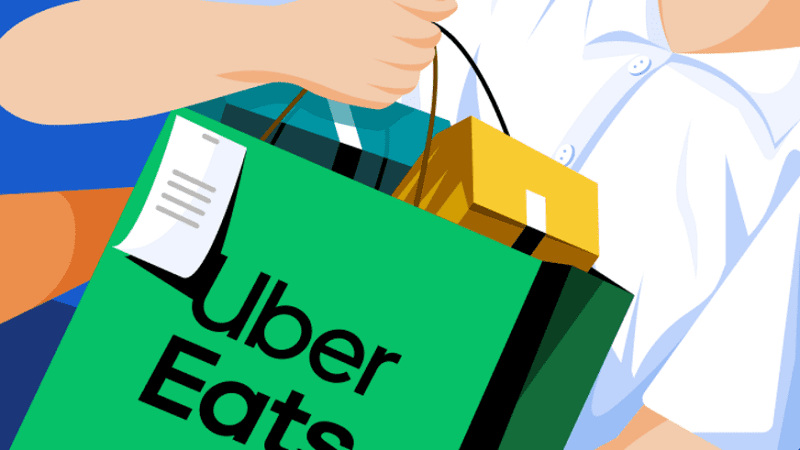
Uber Eats is an online food ordering and delivery platform launched by Uber in 2014. It is an app for mobile devices that allows users to look through restaurant menus, pick out the food items they’d like, and have it delivered right to their door.
Once you place an order on Uber Eats, the restaurant will confirm your order and begin preparing it. An UberEats delivery driver will be matched to your order, and you’ll be able to track your order’s progress all the time.
Once the driver has picked up your order, you can track the car on a map and estimate how soon the driver will arrive at your location with your food.
UberEats CRM strategy;
- Make it easy for their customer to pick up a meal without leaving the house.
- It enables customers to discover new restaurants around them so they can always try something new.
- Enables Uber customers to compare meal prices from different restaurants before ordering.
3. Customer Loyalty & Rewards Program

Uber has a loyalty program called “Uber VIP” for a selected group of users with specific American Express credit cards. These valued customers enjoy the following benefits;
- They are invited after taking a high number of rides in certain cities.
- Uber VIP members are matched only with the highest-rated drivers. This means that they will be compared with drivers with a rating of 4.8 stars or above and can feel assured that their ride will go smoothly and safely.
- Finally, Uber VIP users are the first to hear about exclusion promotions, deals, and discounts that Uber has to offer.
- An Uber VIP trip will cost the same amount as a regular one. That said, Uber VIP members are matched with better drivers and better vehicles without paying a higher price.
4. Referral Program
Uber’s innovative referral program is the secret behind its rapid adoption. Riders and drivers can refer the app to their friends using their referral code. Once their friends join the app using the code, their friends get free or discounted rides while the drivers earn Uber credit.
What Makes Uber so Successful?
Since its inception, Uber has dominated the industry because it perfected a solution to meet customers’ needs. They re-imagined the taxicab experience, making it more convenient, predictable, affordable, and fun. They did this because they knew that an incomplete solution was an invitation to competitors.
Uber values their customers a lot. They also partnered with other businesses to meet their customers’ needs. This is the main secret behind Uber’s exponential growth and huge market share. They work with other companies to handle any technology that is difficult for them to take.
What CRM Does Uber Use?
Uber depends heavily on Salesforce CRM technology for its growth. Salesforce helps extract data from its customers’ engagement with its brand on social media; then, Uber can track and respond to customers’ concerns swiftly.
Uber uses CRM software to tailor offers, recommendations, and customer promotions based on past orders. Uber asks its customers to register for an account to ensure consistent contact with their customers.
It also makes it easy for customers to reorder so that customers can pay with a click and get a better Uber experience.
The Best Overall
Pipedrive
A sales-focused CRM that leverages AI to automate sales, lead & demand generation.
Best Budget Choice
Freshsales
Freshsales automates your sales process, and helps drives sustainable business growth.
Best for Workflows
Zendesk
Customize your workflows to track all aspects of the sales cycle, from lead gen to post-sale support.
Conclusion
To build a scalable business, it’s best to emulate the strategies used by top business owners. Customer relationship management is the primary factor considered by significant companies and Uber is not excluded. They use SalesForce CRM software to streamline their business processes.
SalesForce CRM enables Uber to tap into its customers’ behaviors and riding habits. From the customer’s side, they get a superior, more tailored service – and will be more likely to use Uber again.




















